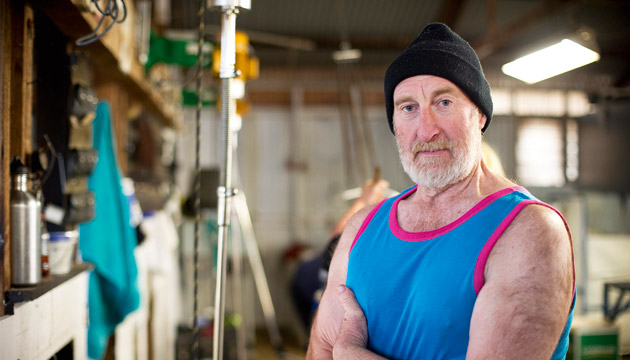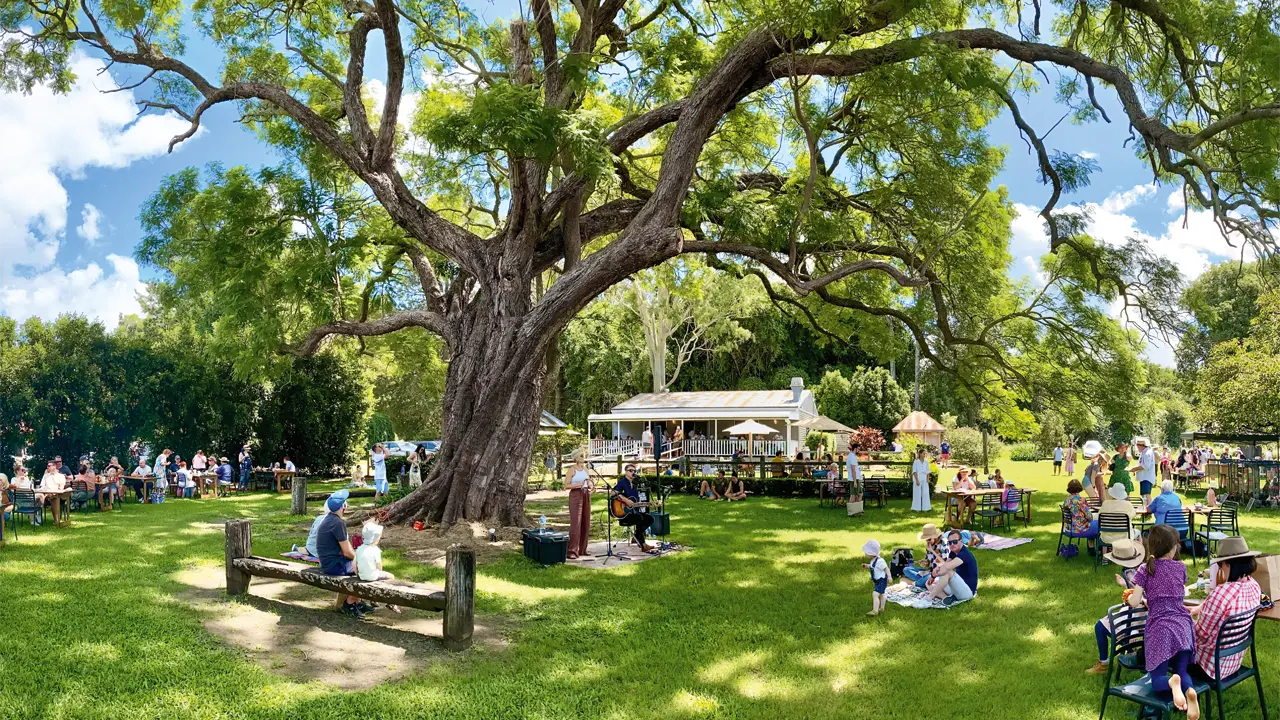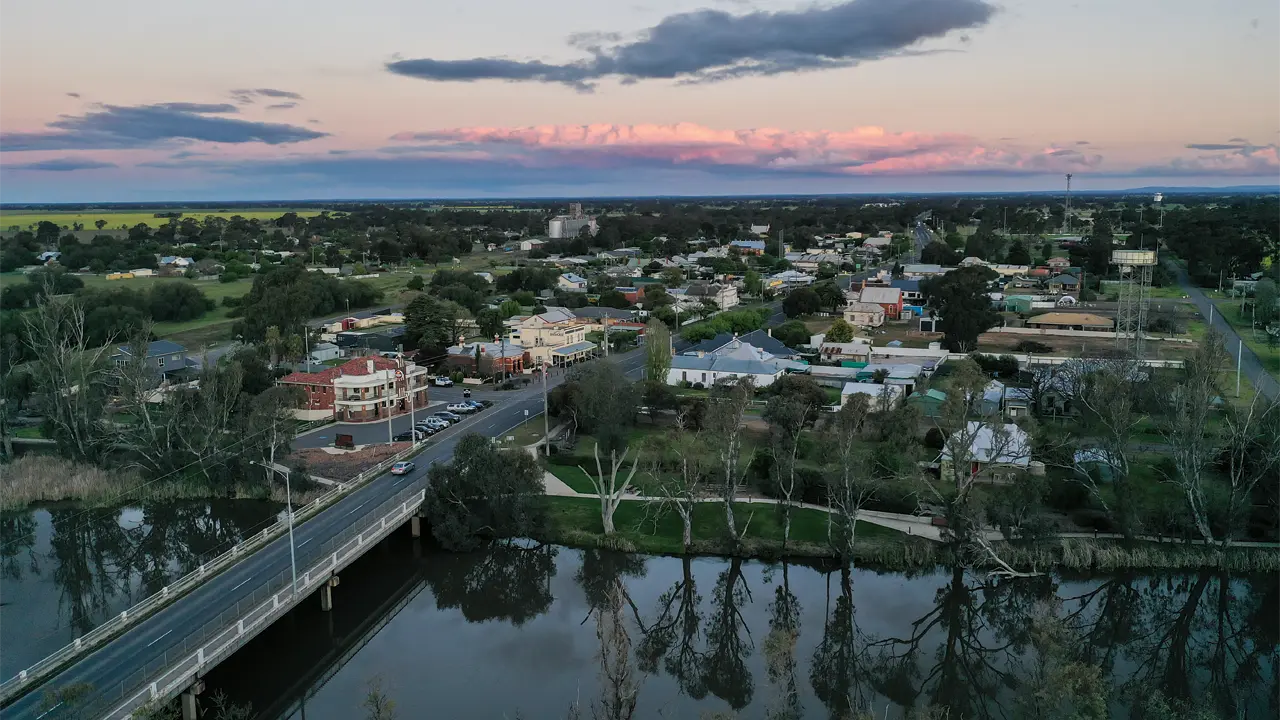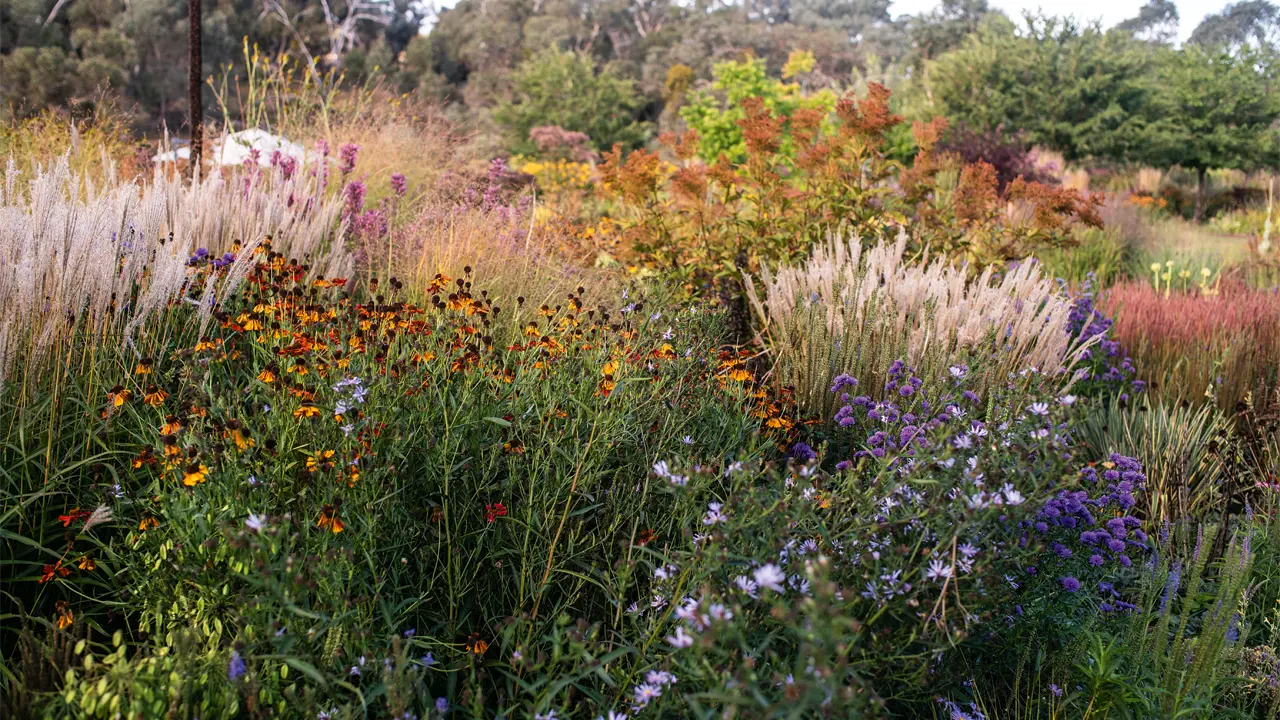Shearing remains a family affair for Phillip Skewes after more than 50 years in the industry.
Story Amanda Burdon Photo Matt Miegel
A firm shake of Phillip Skewes’ big, calloused hands marks him out as a shearer. That and his encyclopaedic memory of the sheep properties and shearing sheds of eastern Australia. He’s bent his back in many of them during a career spanning 51 years – a career that began among some of the country’s finest wool properties, in Uralla, in the New England area of New South Wales.
“I guess you could say I was born to it,” 64-year-old Phillip says. “My father and both his brothers were shearers. I became a shearer and for a time both my three brothers were in the industry. I started crutching when I was about 10, but it wasn’t until our family moved to Flinders Island, when I was 13, that I learnt to shear on our family farm. I got my first shearing job on a property where the shearers kept voting the sheep wet and going fishing. I shore 96 lambs on my first day and 104 the second.”
Phillip says you had three choices on the island in those days. “You could either move to Tassie or Victoria and do a course, do manual work like shearing, or go on a fishing boat, and I wasn’t much of a sailor,” he says. “In the early 1970s we were getting $21.94 per 100 for shearing and $5.20 per 100 for crutching. That was real good money in those days, my word. You could buy RM boots for $7.50 and jeans for $7.20 by mail order.”
This story excerpt is from Issue #117
Outback Magazine: February/March 2018










